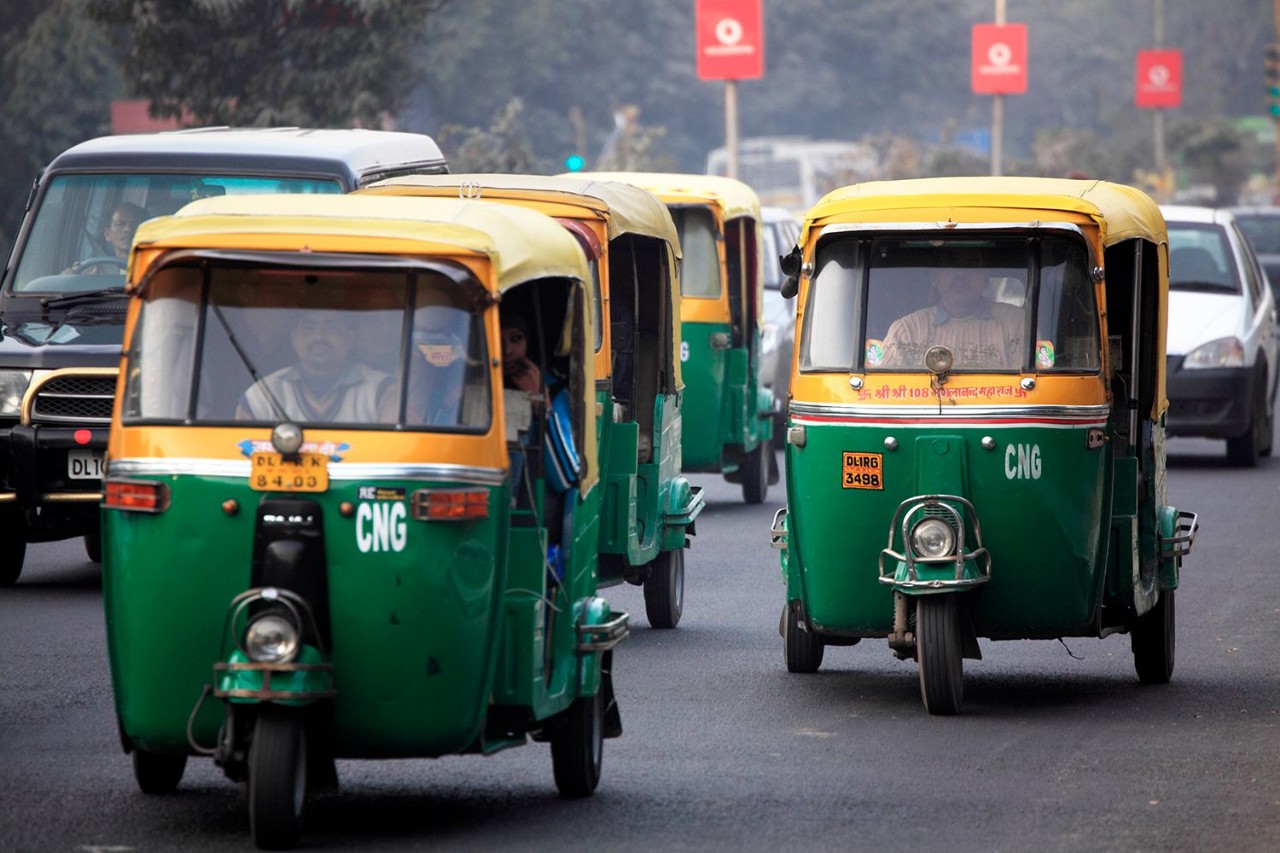
NEW DELHI: To decongest traffic-choked cities and combat growing vehicular pollution, M Venkaiah Naidu, Vice President of India has called for adopting a public transport-centric approach, while speaking at the 25th Foundation Day event of Delhi Metro Rail Corporation (DMRC) in New Delhi.
‘The average two-wheeler and car ownership levels in metropolitan cities which were 112 and 14 per 1000 population in 1994 are expected to grow to 393 and 48 respectively by 2021. This would mean 53 million two-wheelers and six million cars in the next 15 years in metropolitan cities,’ he added.
Urban transportation solutions like the metro rails have the capacity to act as a driving force to take India’s quest for sustainable urban spaces to completion, said the Vice President.
Praising the DMRC, Naidu said that the metro corporation presents a blue print for development of metro services not only to the other Indian cities but also to a number of developing countries.
While speaking on the occasion, Naidu pointed out that urban transport was leading to growing air and noise pollution, it was estimated to account for about 25 per cent of the greenhouses gases worldwide which was adversely affecting the health of the people. The need for clean urban mobility cannot be over emphasized, he added.
Talking about need for a shift from conventional fossil fuel-based vehicles to e-vehicles, Naidu said that appropriate infrastructure for implementation of e-mobility, especially in regard to charging of batteries had to be developed on an urgent basis to meet the emerging demand for electric vehicles.
Naidu called for steps on a war footing to make public transport the most popular mode of travel for all commuters and emphasized on the need to put in place an adequately developed reliable, affordable and accessible urban public transport system. He urged cities to focus on bringing forward multi-modal transit systems.
Planners need to work on providing hassle-free travel facilities and ensuring the last mile connectivity to commuters, especially for those travelling by metro and local rail networks. Also urban planners need to consider women, children and elderly safety as an important criteria and the facilities should be completely barrier-free and accessible to the differently abled, said the Vice President.
(with inputs from PIB)

